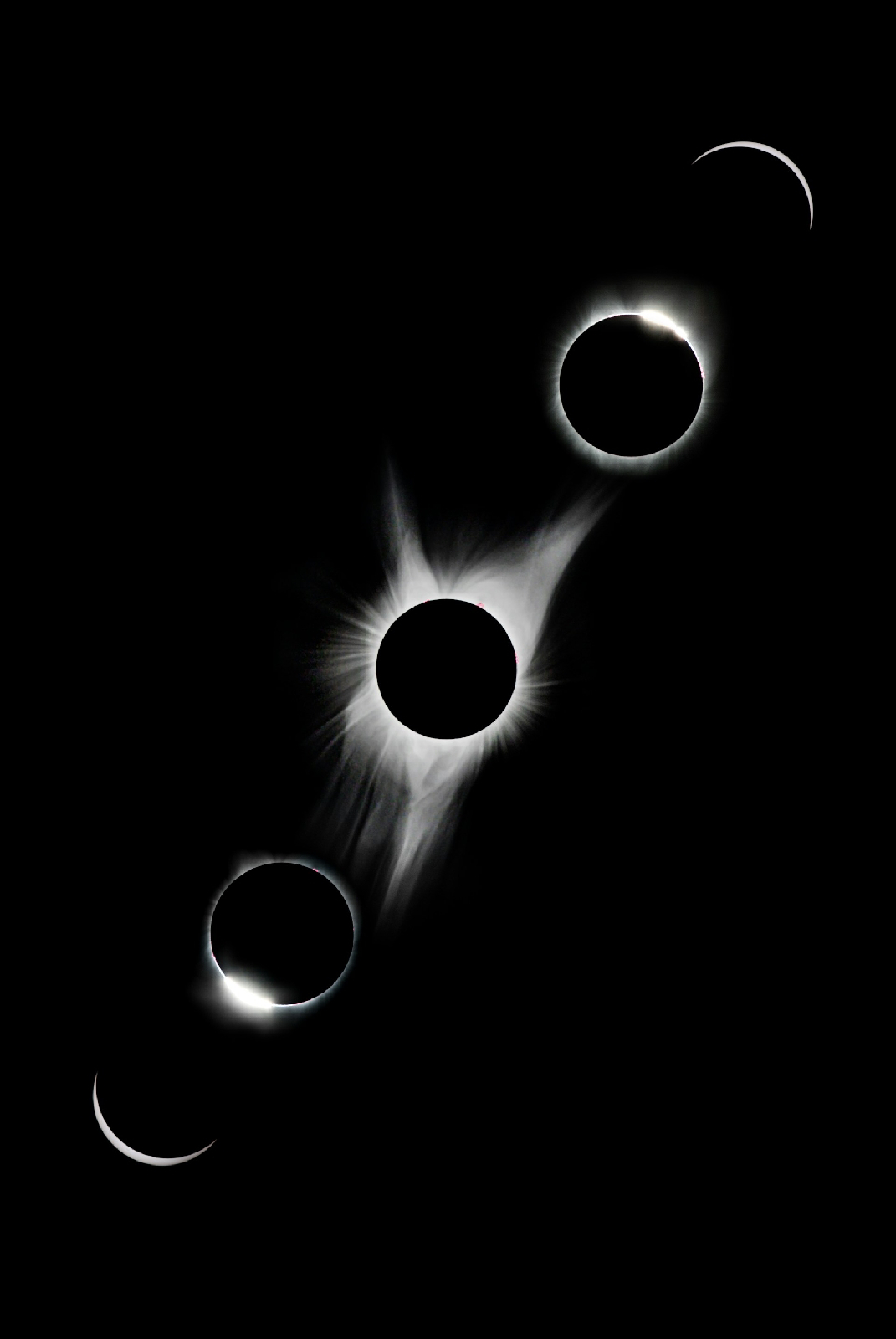Chapter 3: Let There Be Light! – The Birth of the First Atoms and the Cosmic Microwave Background
Our epic journey that began with the birth of the universe has already taken us through the Big Bang and the rapid expansion known as cosmic inflation. Now, a new era steps into the spotlight: the moment the universe finally becomes “visible.” In this chapter, we’ll explore how the first atoms formed, how photons were set free, and how this process left behind the oldest light we can still observe today — the cosmic microwave background (CMB).
A Dense and Hot Beginning: Chaos Continues
Following the burst of cosmic inflation, the universe expanded at an incredible rate. But as it stretched out, its temperature began to drop. Within just a few seconds, fundamental particles like quarks and gluons started clumping together to form protons and neutrons. These particles soon underwent nuclear reactions that produced the nuclei of light elements like hydrogen, helium, and trace amounts of lithium — a process known as Big Bang nucleosynthesis.
But here’s the catch: atoms hadn’t formed just yet. The universe was still far too hot for electrons to combine with these nuclei. Everything existed in a state of ionized plasma, where photons were constantly bouncing off particles — scattering in all directions, unable to travel freely. In a way, light itself was trapped.
The Universe Cools Down: The Era of Recombination
For several hundred thousand more years, the universe continued to expand and cool. Eventually, the temperature dropped to a critical point — about 3000 Kelvin — where electrons could finally slow down enough to bond with protons. This era is called recombination — because electrons were "reuniting" with atomic nuclei.
Through this process, neutral atoms were formed. With fewer obstacles in their way, photons were finally free to travel without constant collisions. Light was released. This marked the transition from a dark, opaque universe to a transparent one. In other words: the universe had finally turned the lights on.
The Cosmic Microwave Background: A 13.8-Billion-Year-Old Snapshot
That first light — released when photons broke free — is still traveling through the universe today. However, due to the expansion of space, its wavelength has stretched into the microwave region. This ancient radiation is what we now call the Cosmic Microwave Background (CMB).
In 1965, scientists Arno Penzias and Robert Wilson accidentally discovered this background radiation while working with a radio telescope in New Jersey. Their discovery became one of the strongest pieces of observational evidence supporting the Big Bang theory.
Today, detailed CMB maps offer us the oldest “photograph” of the universe we have — a snapshot from about 380,000 years after the Big Bang. These images contain tiny fluctuations in temperature that later led to the formation of galaxies, stars, and eventually… us.
What Does This Light Tell Us?
The fluctuations in the CMB aren’t just random noise — they represent variations in density in the early universe. Thanks to NASA’s COBE and WMAP missions, as well as the European Space Agency’s Planck satellite, we’ve mapped this radiation with incredible precision. And here’s what it’s told us:
- The universe is approximately 13.8 billion years old
- Space has a flat geometry (meaning expansion is balanced)
- The amount of ordinary matter (stars, planets, people, etc.)
- The proportions of dark matter and dark energy
In short, these ancient photons are like a time machine, letting us peer deep into the universe’s past — helping us understand how the cosmos we live in today came to be.
The Impact of Light’s Liberation
The moment when photons were set free was one of the most critical turning points in cosmic history. Because once light could move freely, it became possible to observe the first galaxies and stars as they formed. Before this, there was no light to observe — just a blinding soup of particles. But once that barrier was crossed, the universe gained visibility and set the stage for structure to emerge.
Next Up: The Cosmic Dark Ages
Even though photons had been freed, there were still no stars lighting up the cosmos. Light existed — but the objects that would shine it hadn’t formed yet. That’s why, in the next chapter, we’ll enter another mysterious phase of the universe’s history: the Cosmic Dark Ages. This is the time just before the birth of galaxies and stars — and it’s every bit as fascinating as the eras we’ve already explored.
Final Thoughts: When We Look Up at the Sky
Today, when we look up at the stars, the galaxies, or even detect the CMB with specialized instruments, we’re seeing echoes of a past that unfolded billions of years ago. And those echoes are telling us something profound: the universe was once dark — but light found its way.







Comments